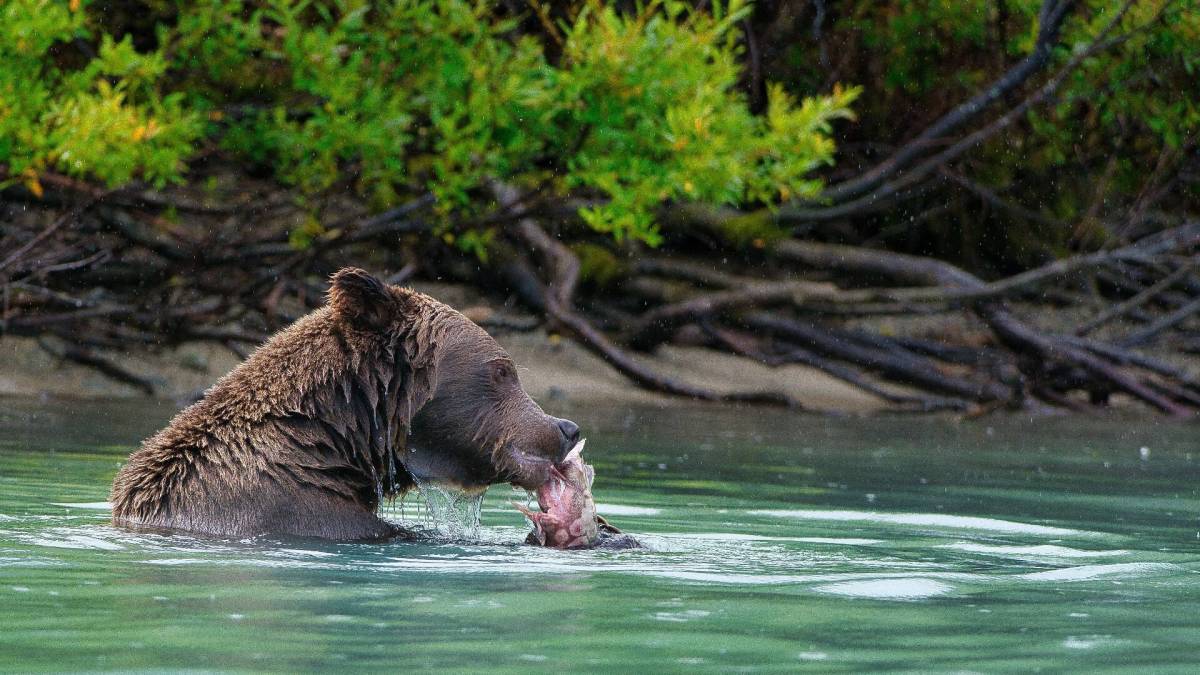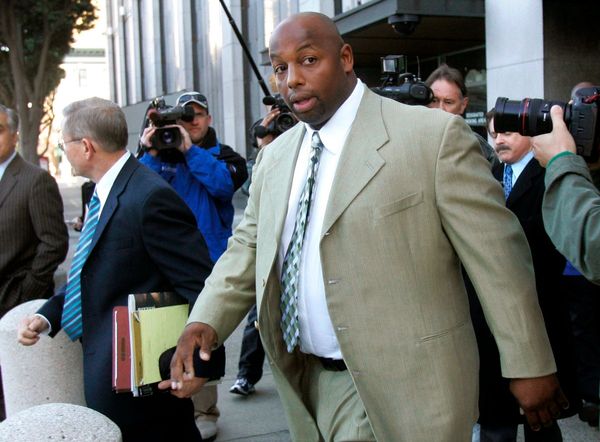
While many of the 63 national parks spread across the United States offer unrivaled opportunities to see all types of rare animals in their natural environments, such proximity to wildlife also poses certain dangers.
At the start of last summer, an 83-year-old woman was gored when a bison snuck up behind her on a hike through Yellowstone's Storm Point Trail and lifted her more than a foot off the ground with its horns. While she survived the injuries, there are occasional reports of deaths caused by human interactions with not just bison but also elk, wolves and mountain lions, snakes, crocodiles, and bears.
Don't miss the move: Subscribe to TheStreet's free daily newsletter
Related: ‘They’re mating’: There is a new wildlife safety warning in national parks
In recent months, the latter animal has been behind several attacks at northern national parks where they are common. At the end of September, a 35-year-old visitor to Montana's Glacier National Park was attacked by a bear one mile into a hike through the park's Highline Trail.
'Hike in groups, make noise and have bear spray'
A later investigation by National Park Service (NPS) authorities found that the attack came from the grizzly bear species that are more likely to wander through different parts of the park than their black bear counterpart.
More travel stories:
- A new travel term is taking over the internet (and reaching airlines and hotels)
- The 10 best airline stocks to buy now
- Airlines see a new kind of traveler at the front of the plane
While the injuries sustained by the man were not life-threatening, the incident served as an illustration of how easy it is to get caught off guard in remote parts of the park.
"Hikers are highly encouraged to hike in groups, make noise when hiking, and have bear spray accessible and know how to use it," the NPS wrote of the incident.
Related: Get the best cruise tips, deals, and news on the ships from our expert cruiser
Other bear incidents in recent weeks
While no humans were directly involved, another incident at Alaska's Katmai National Park delayed the start of the annual Fat Bear Week celebration in which visitors and fans of the park vote on which bear they think will gain the most weight to be ready for winter hibernation.
The fight, in which a male bear male known as 469 and "Patches" and an older female bear known in the park as 402 were captured "grappling, biting and thrashing at each other," resulted in the death of the female bear and prompted a parkwide investigation over what caused it.
"We love to celebrate the success of bears with full stomachs and ample body fat," naturalist and Bear Week organizer Mike Fritz said in a statement. "But the ferocity of bears is real, the risks that they face are real, their lives can be hard, and their deaths can be painful."
Another recent incident occurred in May at Wyoming's Grand Teton National Park when Massachusetts resident Shayne Burke came to the area with his wife Chloe to look for a certain type of owl. They were hiking through the park's Signal Mountain Summit Road when they were caught off guard by a "surprise encounter with two grizzly bears, with one of the bears contacting and injuring the visitor."
"I just kind of heard her huffing and puffing when I went down to the ground,” Burke described after being released from the hospital. The injuries, which he mitigated by covering the back of his neck during the attack, were described as serious but not life-threatening.
Related: Veteran fund manager sees world of pain coming for stocks







